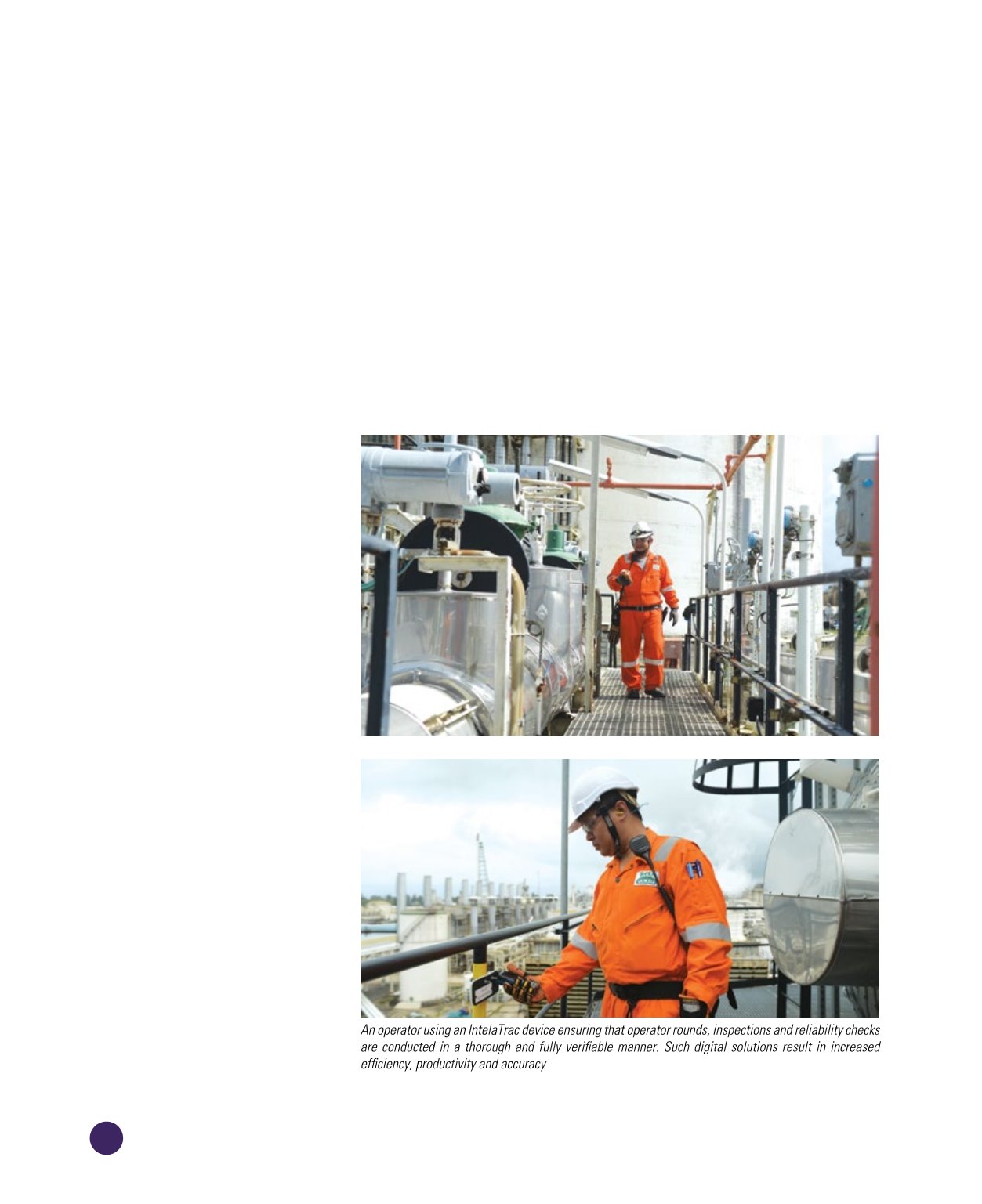

148
Borneo Bulletin Yearbook 2021
Shell 3D Printing Centre of Excellence located in
Amsterdam, the Netherlands.
A sample of the pump impeller was sent to
Amsterdam where reverse engineering – a
process that involves deconstruction of the
pump impeller to extract design information via
external and internal scanning – was used to
create a virtual replica of the pump impeller prior
to producing the actual 3D finished product. After
the once-off preparation for the printing, the real
printing takes nine days with a few additional
days for finishing and testing.
3D printing of spare parts results in a much
better finish in the quality and smoothness
especially in the intricate areas, leading to a
better performance. The material used was 316L
grade stainless steel, which not only makes the
pump impeller more reliable, it also increases its
longevity. With the completion of the engineering
work, the next 3D print of this impeller will only
need a push of a button.
Similar to the company’s pioneering roots in
the LNG space, Brunei LNG is pioneering in the
digitalisation space, where engineers are doing
proactive technical monitoring of the plant and
advancing process optimisation through data
analysis. Brunei LNG has already delivered
additional millions to the company’s bottom line
by designing a plant that is constantly looking
for more gas from its upstream suppliers. This
automated feed system is working 24 hours
a day, seven days a week to ensure that all
available gas to the plant is consumed.
In the near future, Brunei LNG will be investing
significantly into making a digital twin of
its facility, giving engineers and operations
staff a digital version of the plant to interact
with. This will help in areas of operations,
maintenance, and even safety from incident
response planning to how a crane should
move within the plant for maintenance work.
Additionally, around the corner is the digital-
enabled operator, where operations staff
will have the ability to troubleshoot a plant
problem with an office-based engineering
colleague, via streaming video of the problem
in question. The possibilities are vast and
endless, but Brunei LNG is generally targeting
the areas of visualisation, data analytics
(optimise maintenance, plant operation or
materials supply chain), digital twin (including
engineering data) and digitalised operations
(operator with mixed reality aids).
Digitalisation of course goes further than Brunei
LNG, and the company works closely together
with BSP and their digitalisation journey, sharing
ideas and solutions to challenges so that they
get the most out of the value chain. Together
with new gas coming in 2026, digitalisation is
certainly one of the biggest changes coming to
Brunei LNG in its 50-year history and it is a space
that will be heavily invested in.









